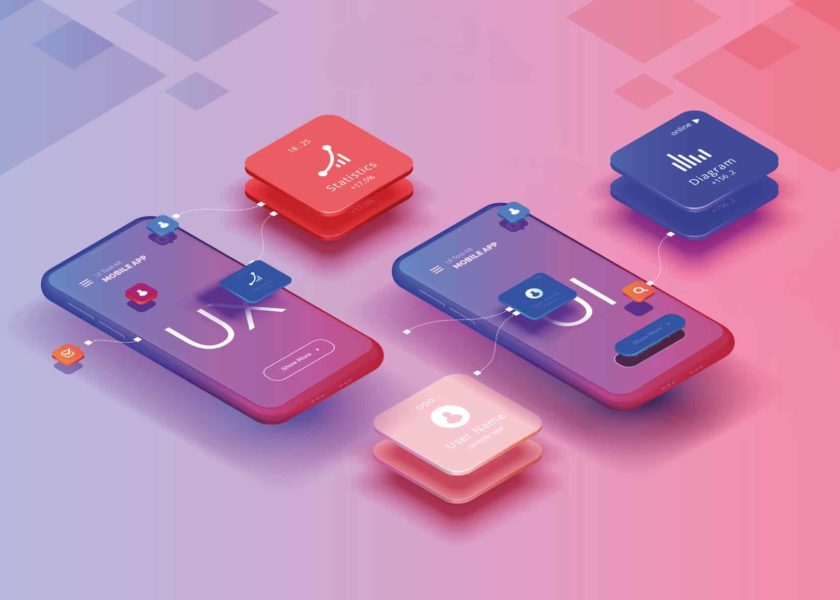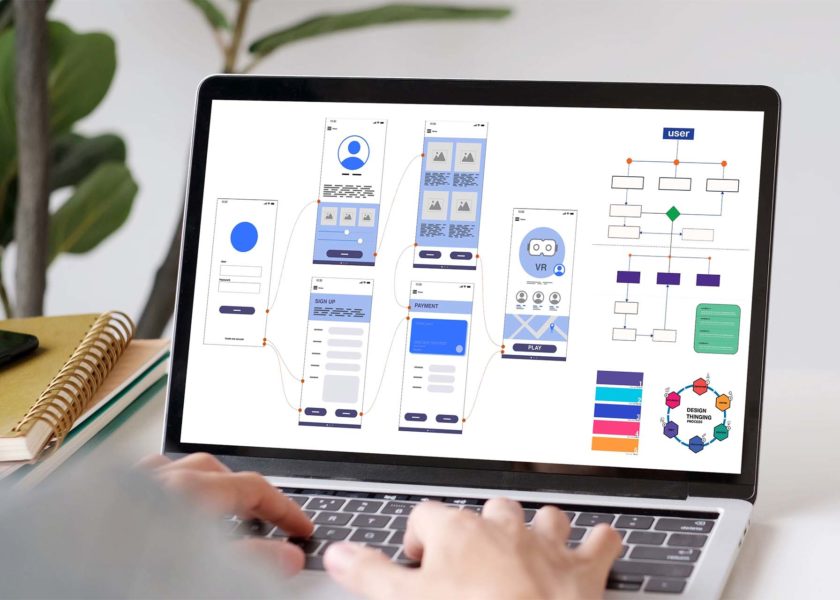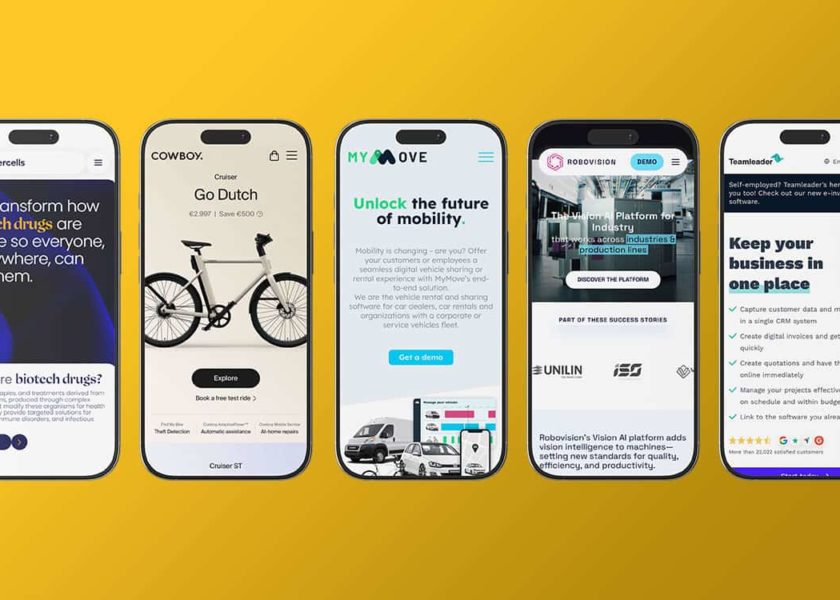Launching a technological product in a B2B environment requires a precise, well-calibrated strategy. Decision cycles are longer, there are multiple stakeholders, and solutions need to quickly demonstrate their relevance while integrating with customers’ existing tools.
In this article, we share concrete tips for creating an effective MVP, tailored to the specific needs of B2B. You’ll discover how to meet business expectations, prioritize key functionalities and ensure successful adoption through a well-thought-out strategy.
What is an MVP in B2B?
An MVP (Minimum Viable Product) is a minimal version of a functional product that enables an idea to be tested with real users. In a B2B environment, an MVP must demonstrate its added value in concrete terms, integrate with often complex business processes, and meet the expectations of a wide range of stakeholders (management, end-users, IT department, etc.).
Key concepts: prototype, POC and MVP
These terms are sometimes used interchangeably, but their role differs depending on the project’s objectives. Here’s a pragmatic distinction, adapted to B2B projects:
- Prototype: an interactive or static model used to test the ergonomics or design of a product.
- Example: an interface created on Figma to gather feedback on the user experience of management software.
- POC (Proof of Concept): a structured test designed to validate a key hypothesis before committing resources to full-scale development. This could be a technical validation or an internal demonstration to convince decision-makers.
- Example: test a synchronization algorithm with an ERP to confirm that it can process data as expected.
- MVP: a minimal, operational version of the product, tested by real users.
- Example: a supplier management platform with a centralized dashboard, integrated in a basic way with the customer’s ERP.
These distinctions are not set in stone. What counts is adopting the approach that meets your priorities: validating a hypothesis, testing technical feasibility or gathering user feedback.
Why is the MVP crucial for B2B projects?
In B2B, the MVP responds to specific challenges that differ fundamentally from B2C, notably because of longer decision cycles, multi-stakeholder involvement and high ROI expectations.
1. Reduce adoption cycles and convince stakeholders
An MVP provides concrete proof of value to all parties involved:
- For management: it demonstrates potential ROI through measurable gains.
- For field teams: it simplifies business processes and improves efficiency.
- For IT: it guarantees seamless integration with existing tools.
2. Minimize financial and operational risks
Launching a complete product before validating the need exposes companies to significant risks. The MVP reduces these risks by limiting initial investments while rapidly testing the idea.
3. Adapting the product to real business needs
By gathering specific feedback, the MVP enables us to create a solution aligned with the concrete expectations of end-users, reinforcing its adoption and relevance.
How do you design a successful B2B MVP?
Designing a B2B MVP must be methodical and focused on clear objectives. Rather than remain theoretical, let’s take a concrete example to illustrate each step.
Let’s imagine a SaaS startup that identifies a common need among industrial SMEs: the difficulty of managing and centralizing their supplier contracts. Here’s how it could design a high-performance MVP.
1. Identify a clear business problem
Every MVP starts with a clearly defined problem. In B2B, solutions need to address critical issues such as process optimization or cost reduction.
In our example: SMEs lose time and make mistakes because contracts are scattered between different systems.
2. Prioritize essential features
Focus your efforts on the features that are essential to solving the problem you’ve identified. Use tools like MoSCoW to structure your priorities and avoid spreading your resources too thinly:
- Must-have: what is absolutely essential to solve the business problem.
- Should-have: additions that are useful but not essential for an initial test.
In our example: the team focuses on a centralized dashboard to manage contracts. Features such as supplier performance monitoring are left for later.
3. Guarantee integration with existing tools
A B2B MVP must be able to integrate, even to a limited extent, with the technological ecosystems of customer companies (ERP, CRM, etc.). This facilitates adoption while demonstrating compatibility with existing systems.
In our example: the platform includes basic synchronization with the customer's ERP to automatically import contract data.
4. Test with pilot customers
Testing with pilot customers is essential to validate the effectiveness of the MVP in a real environment.
- Collaborate actively: involve customer teams in testing to gather accurate feedback on product use and integration.
- Gather measurable data: analyze specific KPIs such as time saved, costs reduced or team satisfaction.
In our example: tests with three pilot SMEs reveal the need to add an automatic alert for expiring contracts.
5. Analyze and iterate quickly
Once the tests have been completed, analysis of the feedback should guide the next steps. At this stage, it’s crucial to iterate quickly to retain the trust of pilot customers.
- Focus on critical points: adapt priority functionalities according to the most frequent feedback.
- Improve integration: work on compatibility with existing systems to reduce friction.
In our example: the startup integrates automatic alerts and plans to add a supplier evaluation system at a later stage.
Make the MVP a strategic lever in B2B
A well-designed MVP is a strategic tool for validating an idea, reducing risk and rapidly demonstrating measurable added value. In B2B, as opposed to B2C, it must respond to the specific challenges faced by companies: complex decision cycles, integration with existing tools and clear ROI.
Would you like to create an MVP tailored to your company’s needs? Our team is ready to help you create your MVP, in just a few weeks, to guarantee a robust product aligned with market expectations. Let’s work together to bring your innovative projects to life and ensure your successful market entry.



